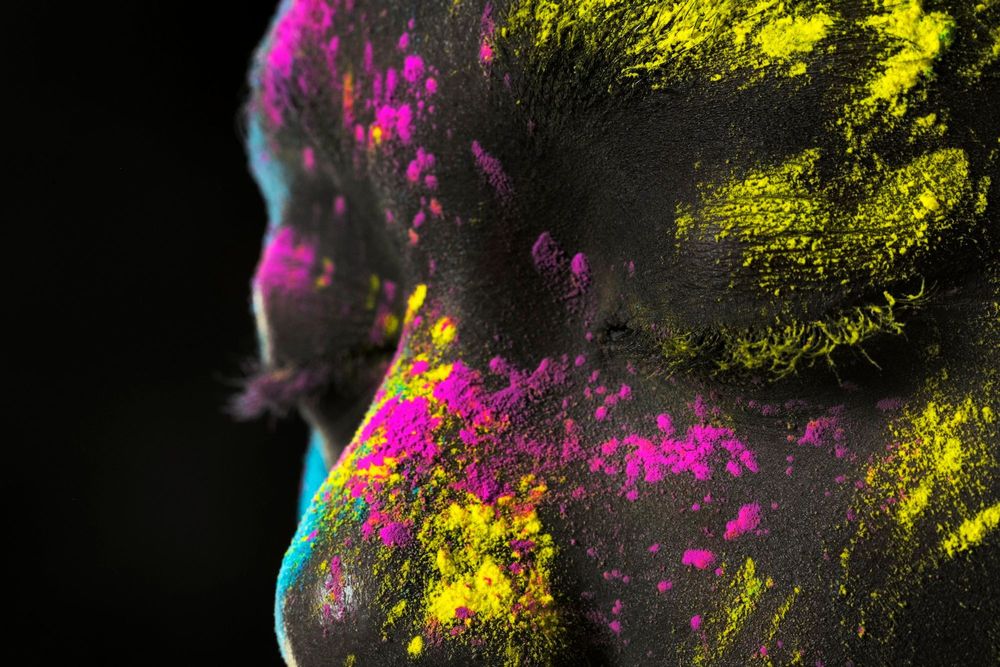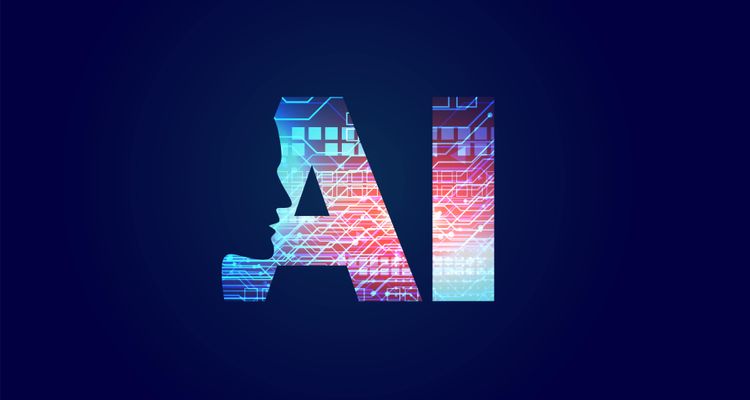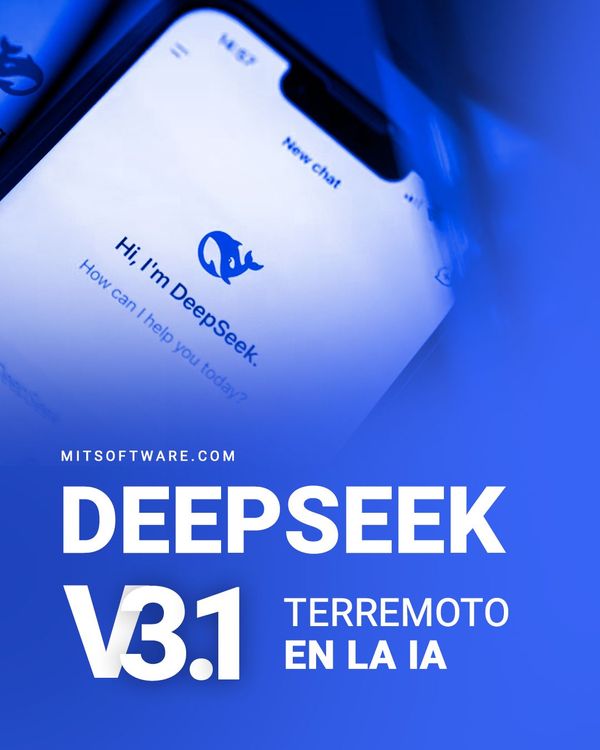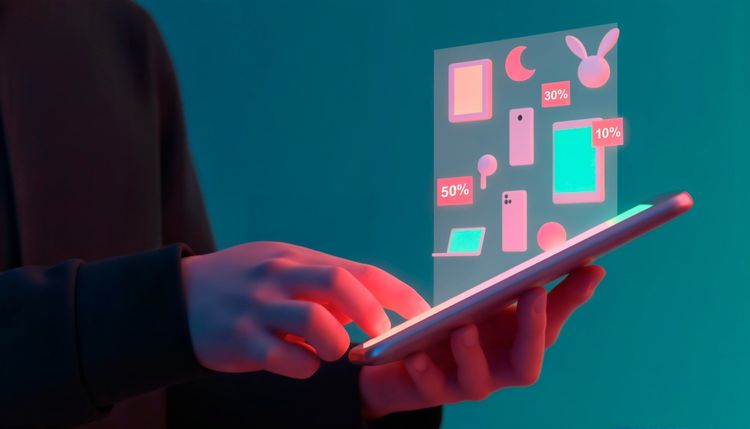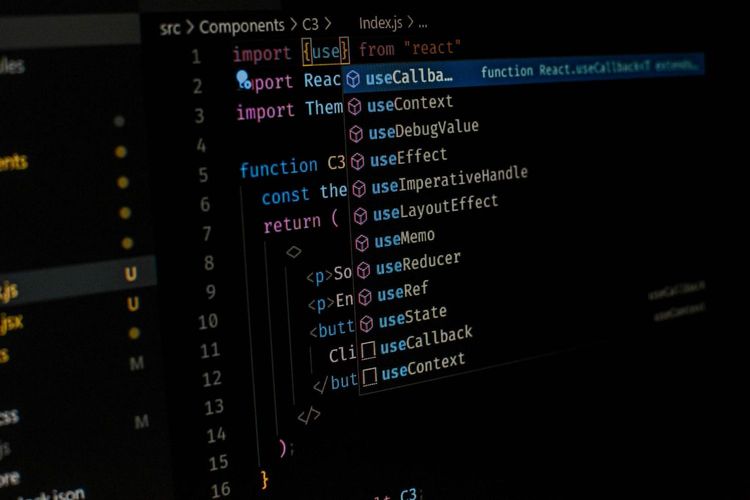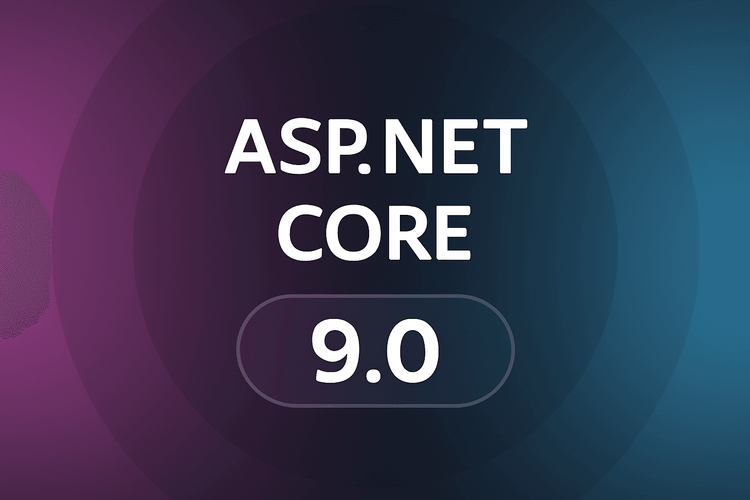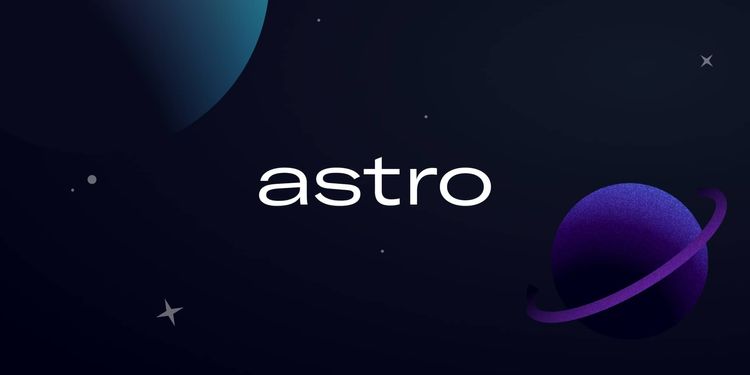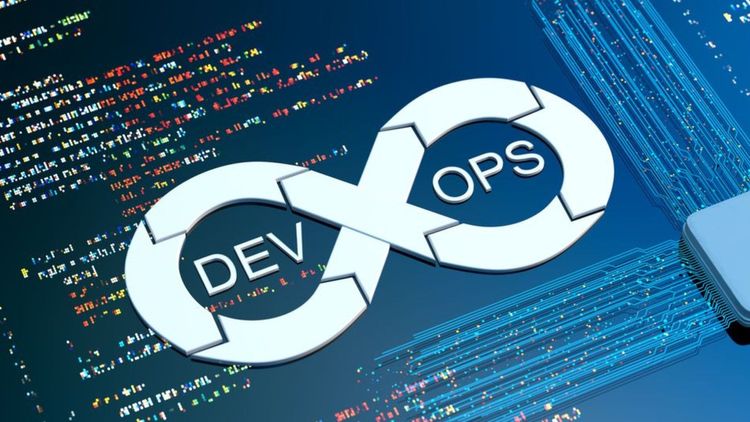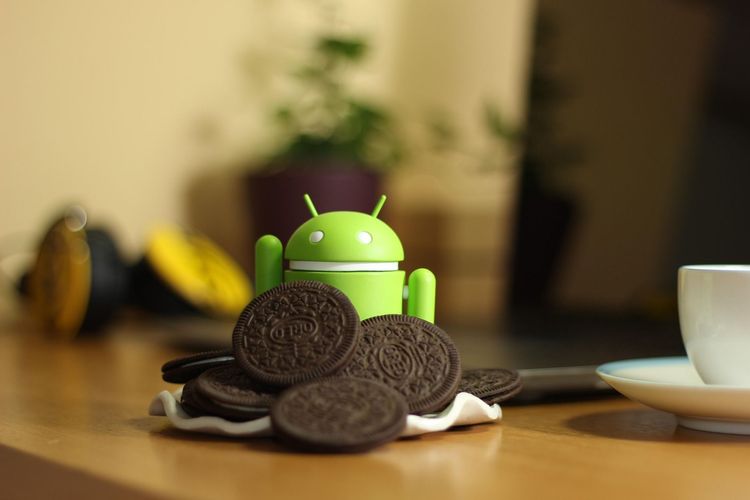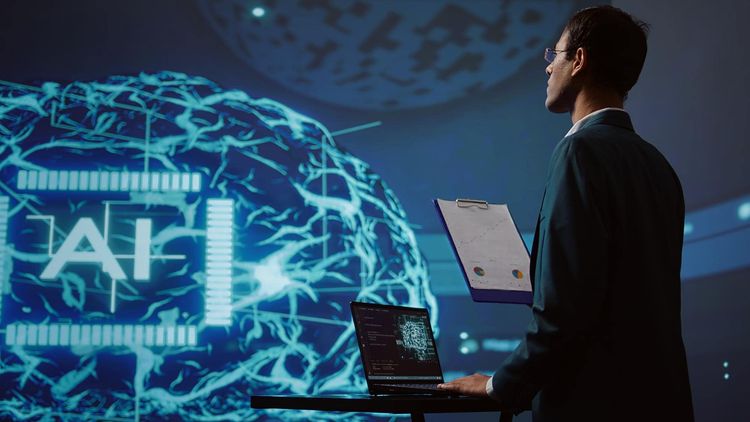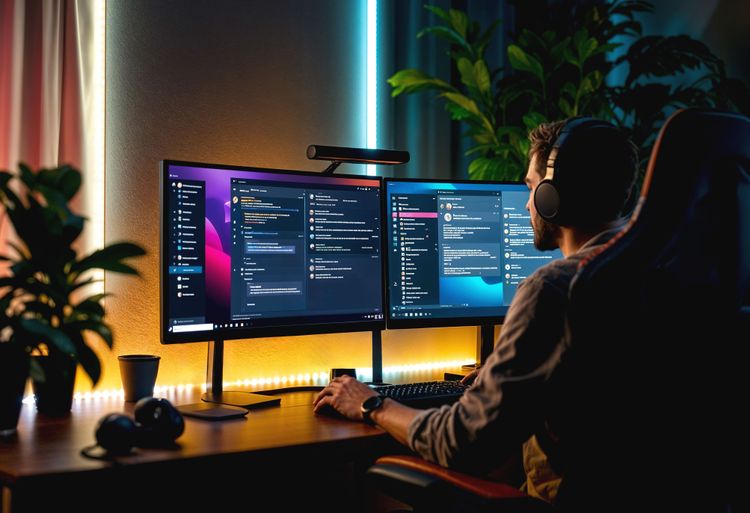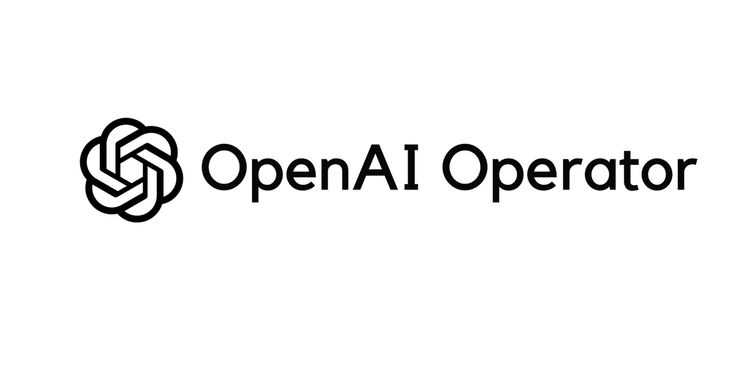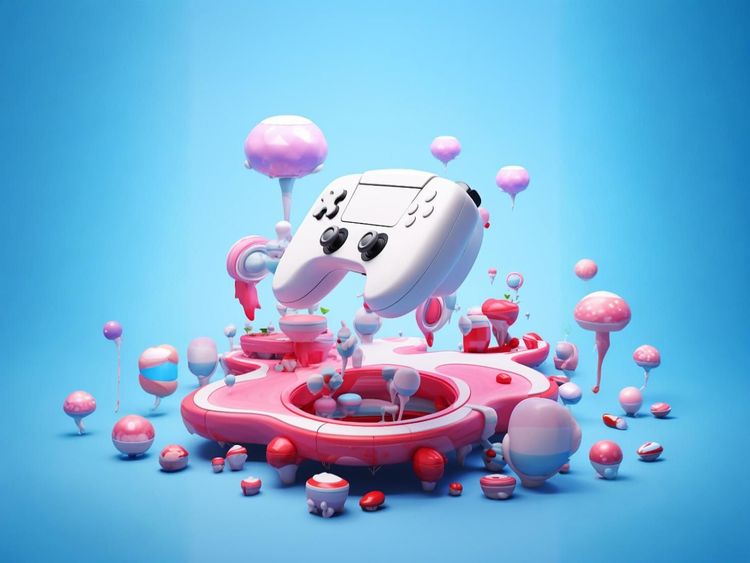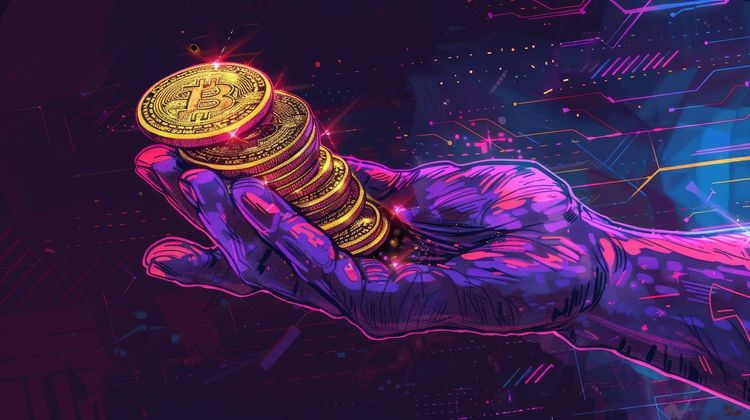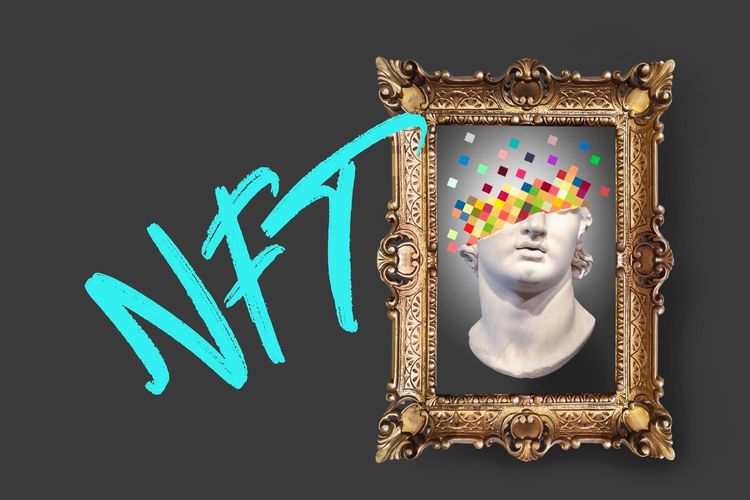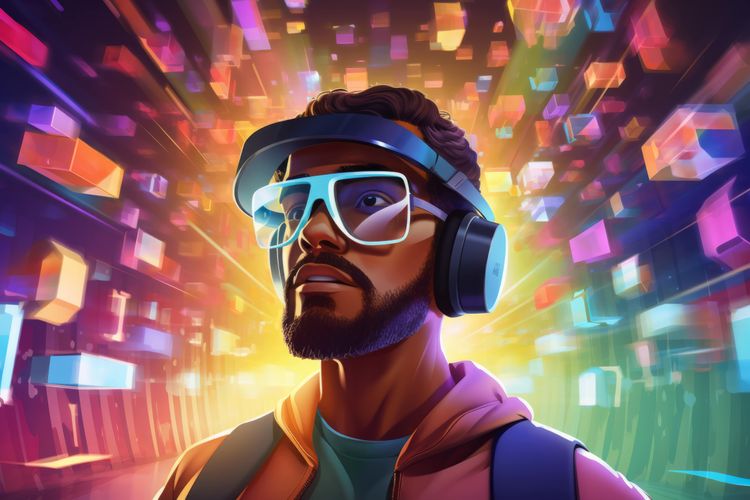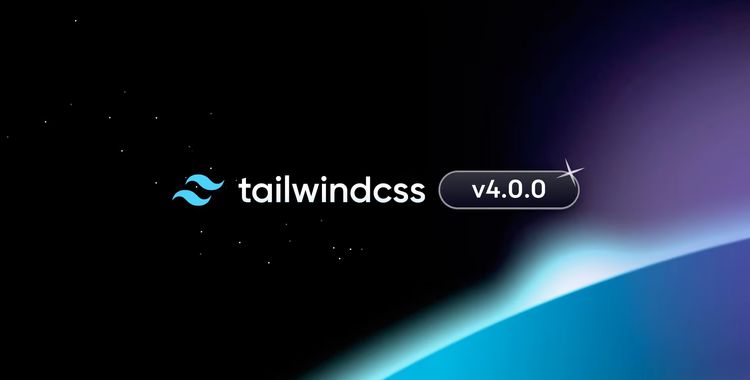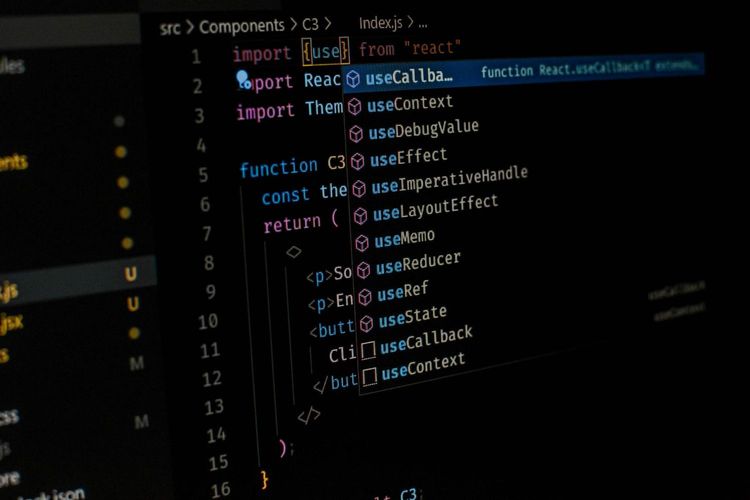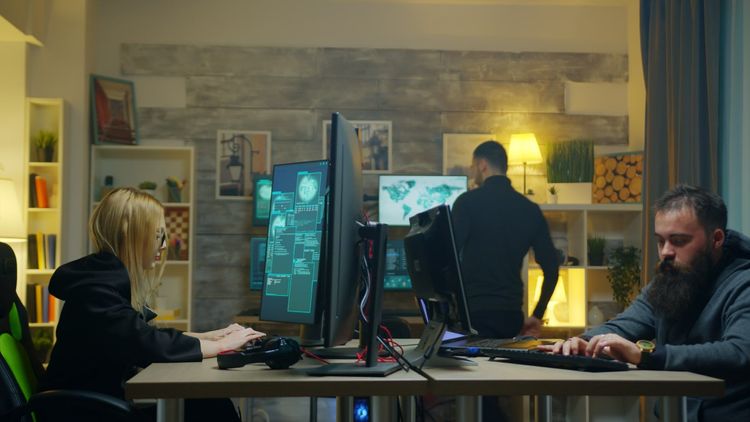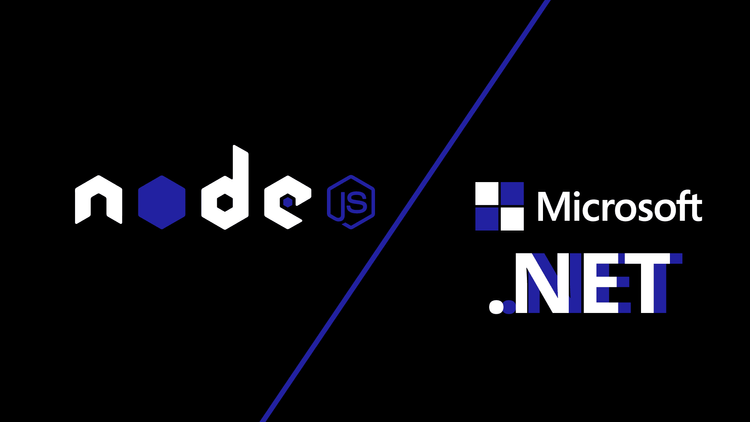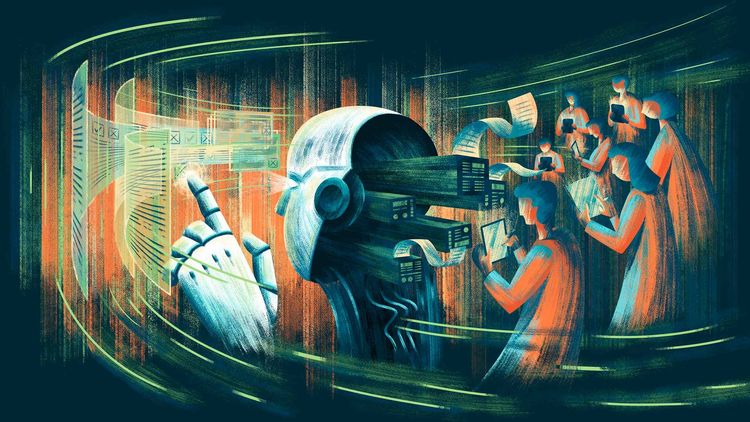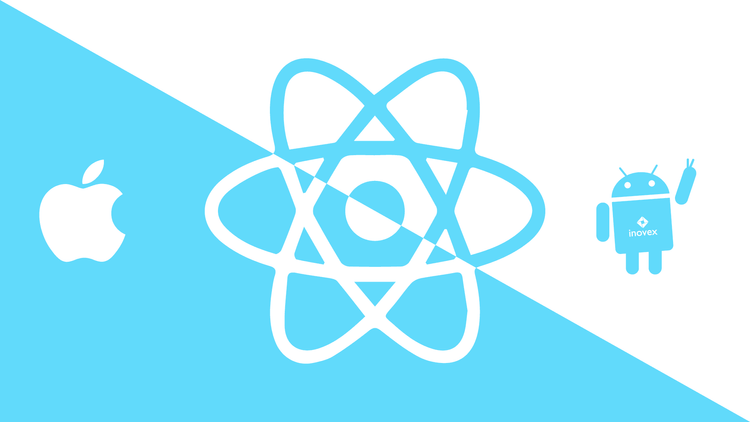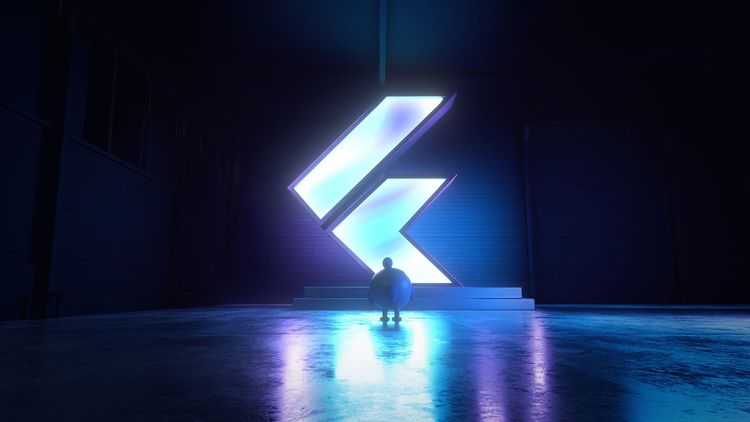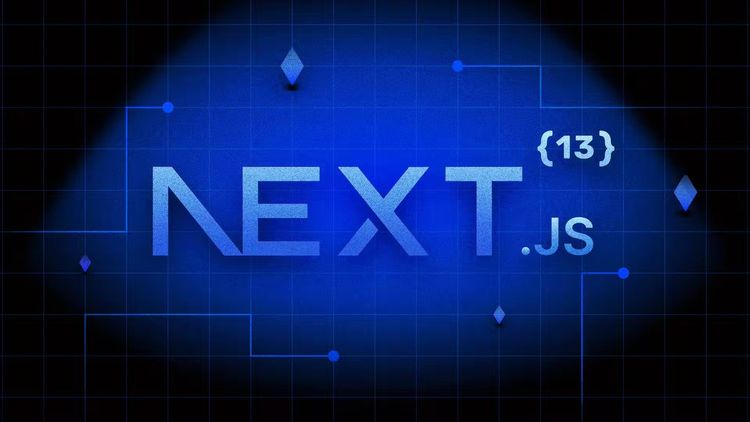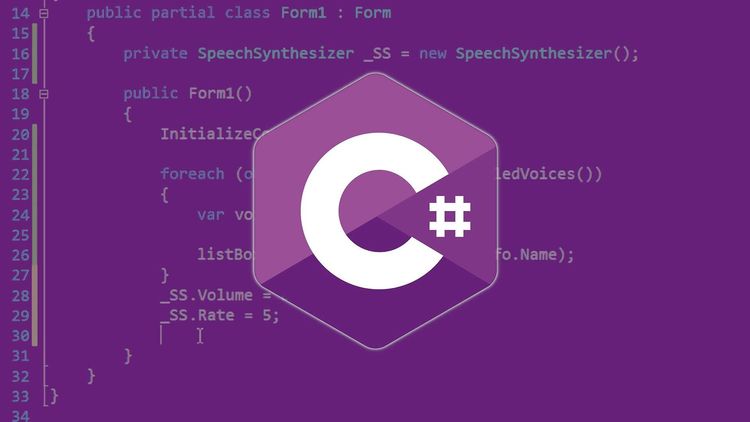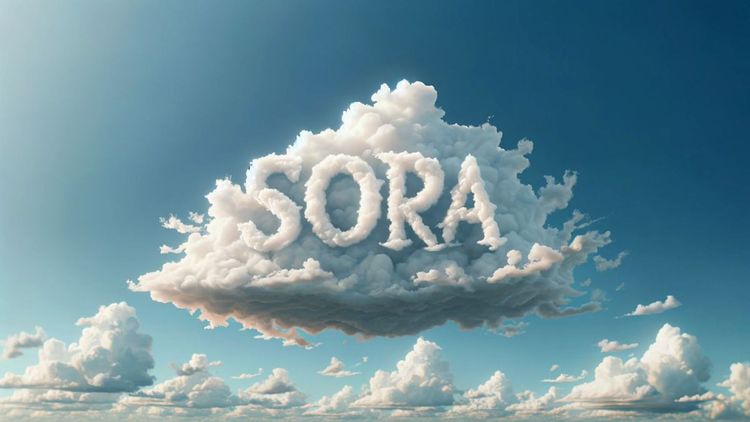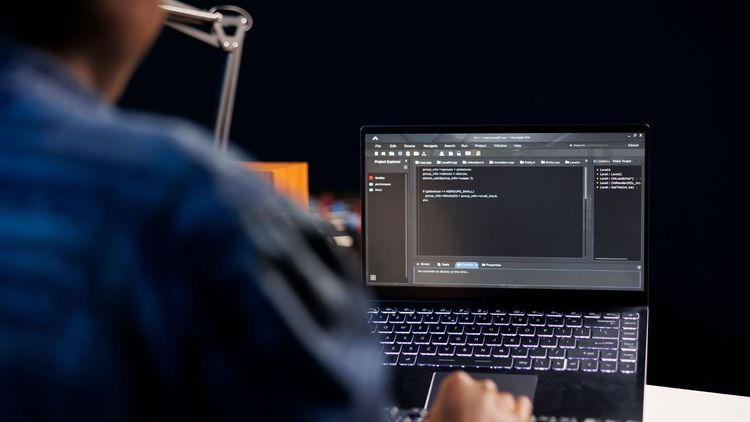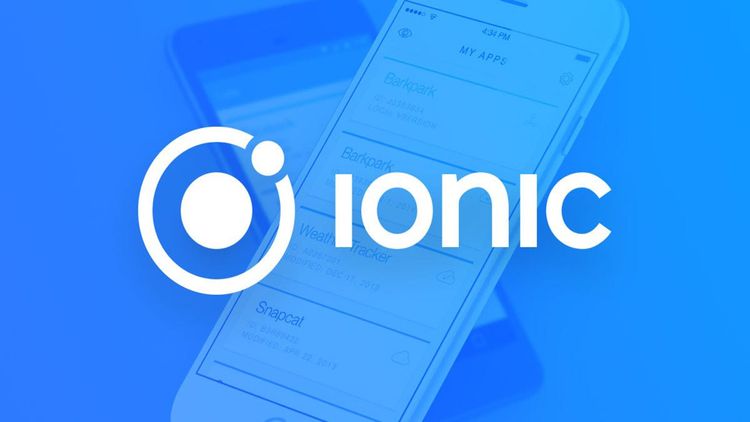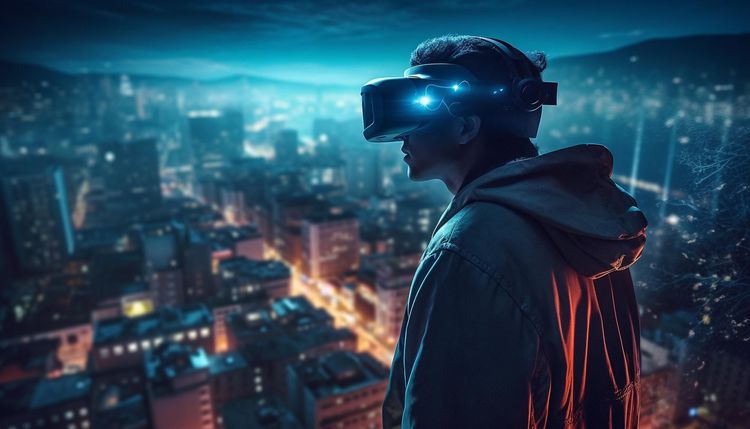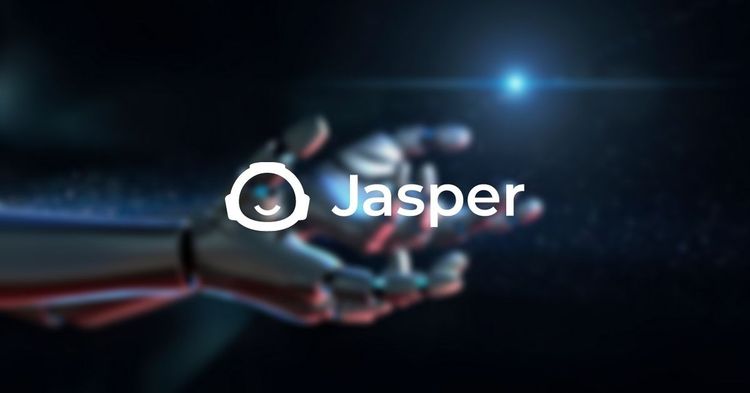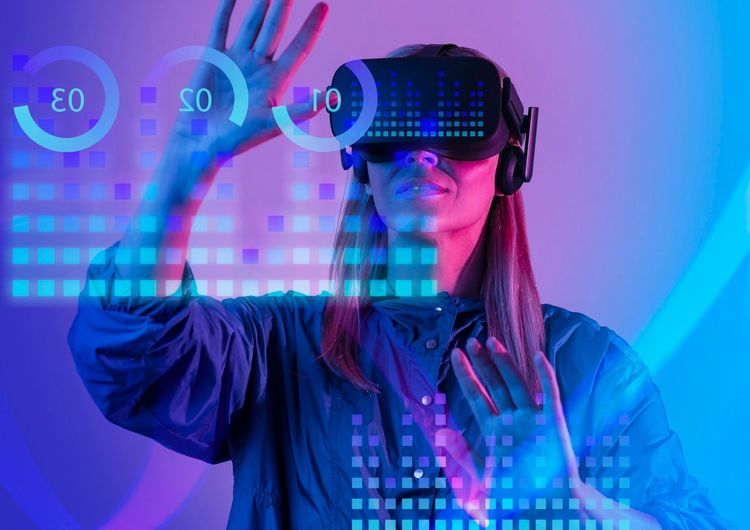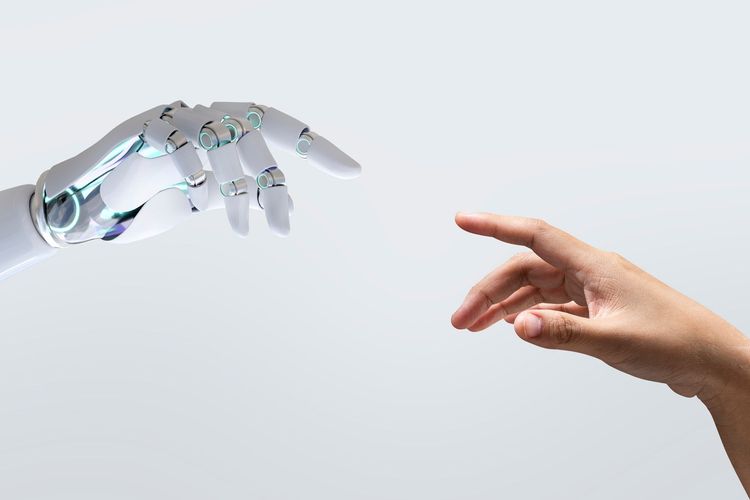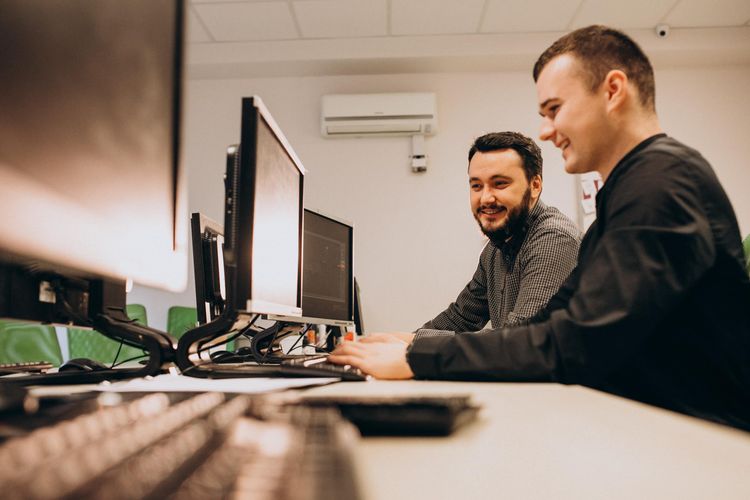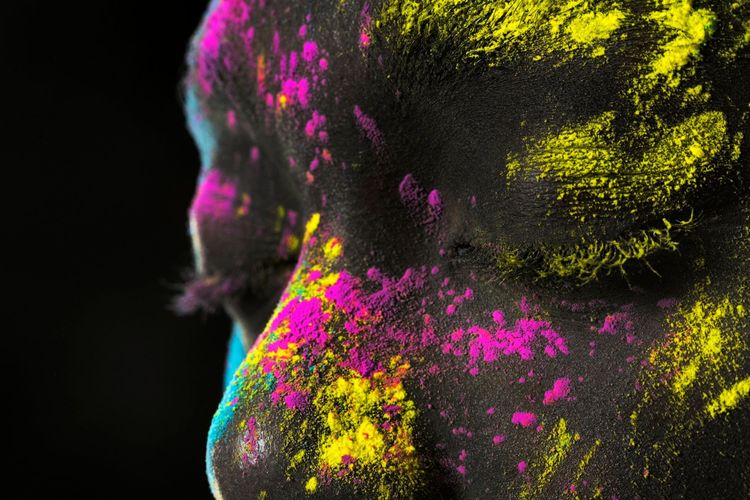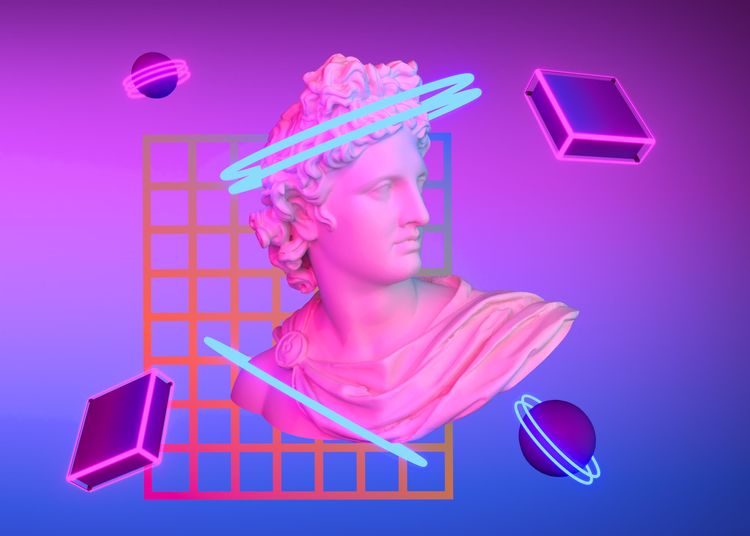Generative Art is a style of art that involves an algorithmic process to generate new forms, ideas, patterns, colors, etc. It proposes thousands of possibilities for unlimited creation. Unlike a conventional artist, this type of art offers many advantages, as the artist can spend days trying to create a new work of art, while Generative Art artists rely on computers to process and invent a new result.
The beauty of this process starts from the moment a user initiates it, as the final result will be a unique piece of digital art. If it is not to your liking, you can repeat the process until you find a piece that suits your taste.
How Does it Work?
Generative Art works through random pillars, whether they are pseudo or true, which drives the majority of what we consider generative art. Many artists are against this type of art, as they believe that computers do all the work and should receive all the credit. However, we know that the functioning of generative art is through a user who programs variables such as the number of circles, squares, their positions, size, thickness, color, etc. Once programmed, you get results like the one in the image.
All of this process, while it is true that it is the result of a computer, it is the user who programs which values to choose according to their tastes and ideas.
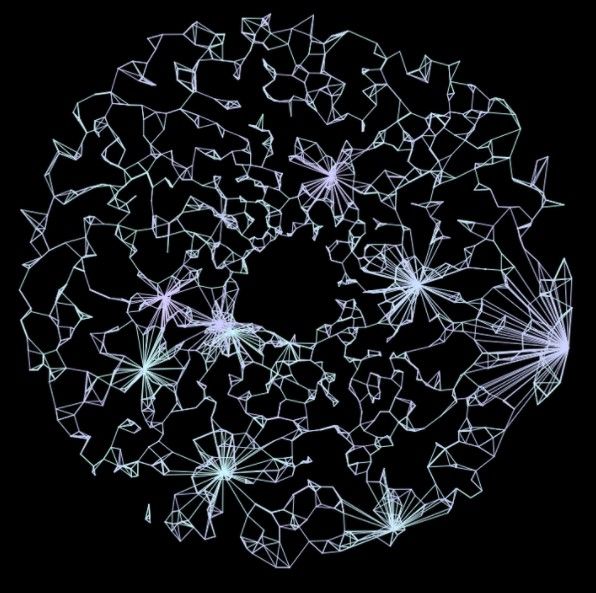
Interactive Generative Art Software
Electric Sheep: This software was created by Scott Draves, a pioneering software artist known for creating Electric Sheep, one of the best algorithmic art pieces consisting of 450,000 computers and people using genetic algorithms to create endless abstract animations. This work was one of the first open-source generative art pieces.
Panoramical: This video game-like software was created by Fernando Ramallo. It allows you to explore generative digital landscapes, but instead of controlling an avatar, you use a MIDI game controller.
NFT Generative Art
While blockchain technology and non-fungible tokens (NFTs) are taking over many industries, generative art is one of them. Currently, large companies have their own NFT generative art platforms, and others help create your own platform. Below, we will talk about Art Blocks, the most well-known NFT generative art platform.
ART BLOCKS
This platform is based on Ethereum and provides unique and programmable generative art. It not only sells or exhibits the art, but also hosts the artist's idea and allows art collectors to interact with it, resulting in a unique output. This is because the output of this artwork is distinguished from others due to the presence of random variables.
In other words, every time a collector mints a piece of art on this platform, they create a token on the Ethereum blockchain. This token contains a seed that determines the artistic result through variables such as color, size, shape, etc.
It also covers 18 audiovisual dimensions. Just two days after its launch, a user created their own touch interface, as this platform is as easy as sliding the controller, and the scenes, objects, and audio loops are modified accordingly.
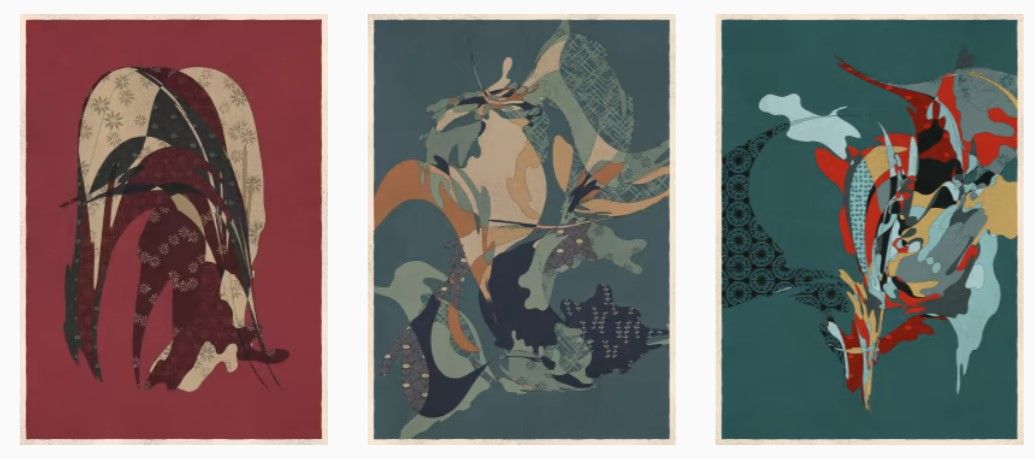
Generative art is undoubtedly helping thousands of artists and users to create their works of art easily. When developing your blockchain project, seek advice from expert professionals who can help you create a unique and successful NFT Generative Art platform.
